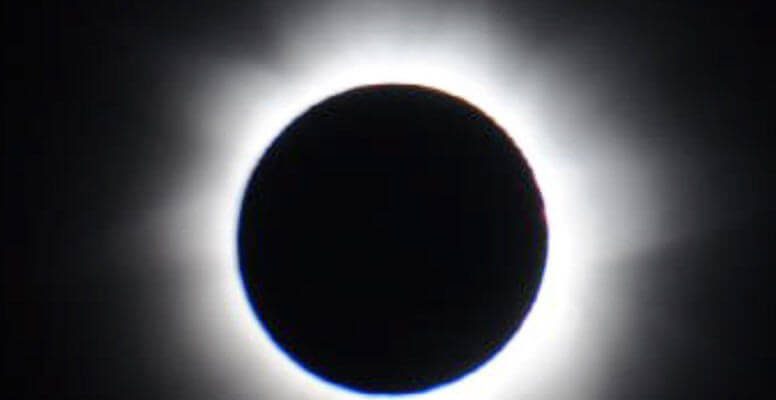In less than a month (August 21, to be precise) folks across the United States, from Oregon to South Carolina, will be treated to a rare total solar eclipse. Here’s the Pangaea guide to watching this spectacular event.
Safety first! Don’t even think about watching the eclipse without proper eye protection. Retailers have been busy putting together just the right gear to safely watch the eclipse, from simple sunglasses, to binoculars and telescopes, to camera filters. Make sure you buy ISO-certified equipment for maximum safety. Here are some examples.
For the family, Celestron offers its 8-piece Ultra solar observing and imaging kit which includes one pair of ISO-certified solar sunglasses, four pairs of paper eclipse viewers, one camera solar filter, and a 2017 Total Eclipse Guide & Map, all for about $34. On a budget? Celestron also offers its EclipSmart Solar Shades Observing Kit that includes four ISO-certified pairs of solar eclipse glasses and a guidebook with timetables and maps for under $10. Lots more gear are listed here.
Where to see it? Initially I was frustrated in my search for a map that had enough detail to show me exactly where the path of totality will be. Finally I found this great animated video on NASA’s website that follows the path and provides enough detail as to what cities and towns would experience totality.
The nearest city near me (I live near Denver, Colorado) is Casper, Wyoming which will be hosting the Wyoming eclipse festival. It’s an easy bet that many towns and cities along the path will be having similar eclipse-related events. Here’s a rundown of 13 events from Oregon to South Carolina, or use your favorite search engine (eclipse event + your area) to find one near you.
The solar eclipse will be on a Monday, which is kind of a bummer schedule-wise; my suggestion for those traveling away from home to view the event is to make a three-day weekend out of it. Do keep in mind that most accommodations in the more popular destinations are already booked. Also plan for traffic congestion—some observers are predicting one of the worst traffic days in history—and give yourself plenty of time to get in and out of the more popular venues.
Want to skip the crowds? Then check out the Eclipse Ballooning Project. Teams from universities across the United States will fly 57 cameras on weather balloons as high as 100,000 feet at 30 locations along the path. These cameras will capture eclipse views, which will be collected and broadcast live on NASA TV. This sounds like an intriguing (not to mention safe and convenient) way to watch this rare phenomena.
For more on the eclipse from xyHt, check out the August print issue, with an editorial dedicated to the eclipse and a static version of NASA’s map.
 This article appeared in xyHt‘s e-newsletter, Pangaea. We email it twice a month, and it covers a variety of unusual geospatial topics in a conversational tone. You’re welcome to subscribe to the e-newsletter here. (You’ll also receive the once-monthly Field Notes newsletter with your subscription.)
This article appeared in xyHt‘s e-newsletter, Pangaea. We email it twice a month, and it covers a variety of unusual geospatial topics in a conversational tone. You’re welcome to subscribe to the e-newsletter here. (You’ll also receive the once-monthly Field Notes newsletter with your subscription.)

